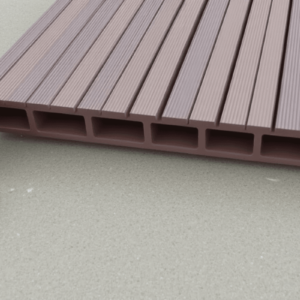“`html
Choosing the Right Flat Composite Cladding Panels for Your Project
Introduction
In the realm of modern architecture, flat composite cladding panels have become an increasingly popular choice due to their versatility, durability, and aesthetic appeal. These panels are not only functional but also contribute significantly to the energy efficiency and overall design of buildings. This guide aims to help you navigate through the variety of flat composite cladding panels available in the market, focusing on their composition, maintenance requirements, longevity, and how to select the most suitable type for your specific application.
Understanding Flat Composite Cladding Panels
Flat composite cladding panels are typically made from a combination of materials such as aluminum, plastic, or metal composites. These panels consist of multiple layers, each designed to enhance different properties like strength, weather resistance, and thermal insulation. Understanding the composition of these panels is crucial for selecting the right one for your project.
Maintenance Requirements
Maintaining flat composite cladding panels is relatively straightforward compared to traditional cladding materials. Regular cleaning with mild detergent and water is usually sufficient to keep them looking new. However, it’s important to avoid abrasive cleaners or harsh chemicals, as they can damage the surface finish. Some high-end panels may require occasional touch-ups or specialized cleaning products to maintain their appearance over time.
Longevity and Durability
The longevity of flat composite cladding panels largely depends on the quality of materials used and the environmental conditions they are exposed to. High-quality panels can last up to 50 years or more with proper maintenance. Factors such as UV exposure, humidity, and temperature fluctuations can affect the lifespan of these panels. It’s advisable to consult with manufacturers for specific recommendations based on your project’s location and climate.
Selecting the Right Type for Specific Applications
Choosing the appropriate flat composite cladding panel involves considering several factors, including the intended use of the building, local climate conditions, and aesthetic preferences. For instance, buildings in coastal areas might benefit from panels with enhanced corrosion resistance, while those in colder climates may require better thermal insulation properties. Additionally, consider the panel’s color stability under prolonged UV exposure, which is particularly important for maintaining the visual appeal of the building over time.
Conclusion
Flat composite cladding panels offer a multitude of benefits, from enhancing the appearance of buildings to improving their energy efficiency. By understanding the composition, maintenance requirements, and longevity of these panels, you can make informed decisions when choosing the right type for your project. Always consult with experts and manufacturers to ensure that the selected panels meet the specific needs and conditions of your building.
“`





Reviews
There are no reviews yet.